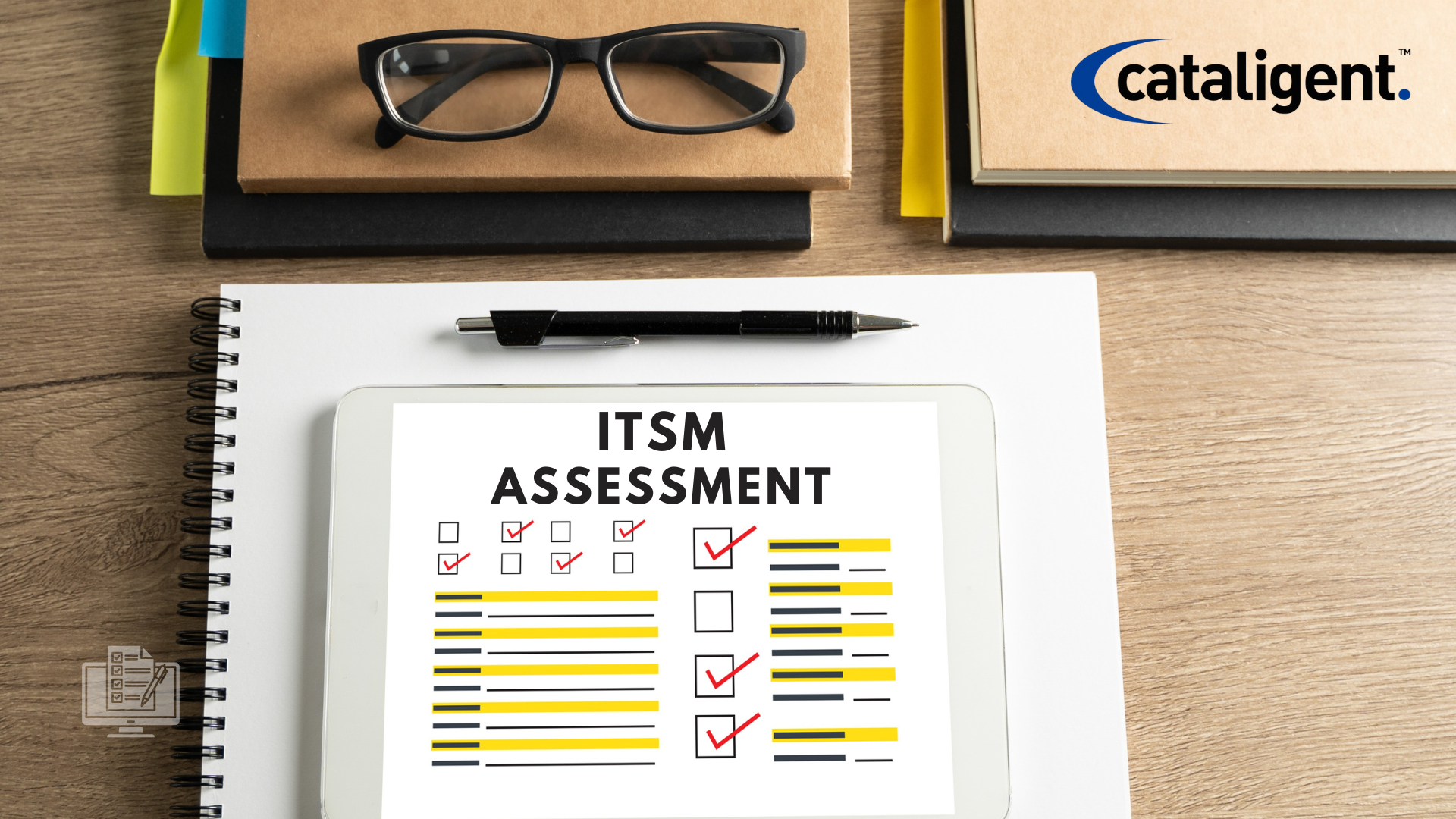Conducting an ITSM Maturity Assessment is a strategic step in improving your organization’s IT Service Management (ITSM) capabilities. It allows businesses to evaluate their current service management processes, identify gaps, and create a roadmap for continuous improvement. A thorough assessment provides insight into how well IT services are aligned with business needs and highlights areas where maturity can be increased.
What is an ITSM Maturity Assessment?
An ITSM Maturity Assessment is a structured evaluation that measures the effectiveness, efficiency, and alignment of your ITSM processes with industry standards such as ITIL (Information Technology Infrastructure Library). It assesses various dimensions such as governance, process integration, technology usage, team competencies, and customer satisfaction. The goal is to determine the current level of ITSM maturity and define a path toward higher levels.
Why Conduct an ITSM Maturity Assessment?
- Identify strengths and weaknesses in ITSM processes
- Benchmark against industry best practices and frameworks
- Align IT with overall business objectives
- Prioritize improvement initiatives
- Increase service quality and efficiency
- Enable data-driven decision making
Key Components of an ITSM Maturity Assessment
1. Assessment Framework Selection
Choose a widely accepted framework to structure the assessment. Common models include:
- CMMI (Capability Maturity Model Integration)
- ITIL Maturity Model
- ISO/IEC 20000
- Proprietary models designed by consulting firms or software vendors
2. Define Assessment Scope
Identify which ITSM processes and capabilities will be evaluated. These often include:
- Incident Management
- Problem Management
- Change Management
- Service Request Management
- Configuration Management (CMDB)
- Service Catalog Management
- Knowledge Management
3. Establish Maturity Levels
A typical model includes five maturity levels:
- Initial (Ad hoc) – Processes are unstructured and reactive.
- Repeatable – Basic processes are in place but not standardized.
- Defined – Processes are documented, standardized, and communicated.
- Managed – Processes are monitored, measured, and controlled.
- Optimized – Focus on continuous improvement and innovation.
4. Data Collection Methods
Gather data through a combination of:
- Interviews with ITSM stakeholders and process owners
- Surveys and questionnaires
- Documentation reviews (policies, SLAs, process workflows)
- System data and performance metrics
5. Perform Gap Analysis
Compare current maturity levels against desired targets. Identify:
- Areas of non-compliance
- Process inefficiencies
- Technology gaps
- Skills and training needs
6. Generate a Maturity Report
A well-structured report should include:
- Executive summary
- Detailed assessment results
- Strengths and improvement areas
- Roadmap for ITSM maturity improvement
- Recommendations and actionable steps
7. Develop an Improvement Plan
Based on the findings:
- Prioritize critical gaps impacting business outcomes
- Define short-term and long-term goals
- Assign responsibilities and allocate resources
- Integrate improvements into the ITSM Continuous Service Improvement (CSI) plan
Key Areas to Evaluate in an ITSM Maturity Assessment
- Governance and Strategy: Alignment with business goals, executive support, and governance structure.
- Process Integration: Seamless interaction between ITSM processes.
- Technology Utilization: Adoption of ITSM tools (e.g., ServiceNow, ManageEngine, BMC Remedy).
- Performance Metrics: Use of KPIs to monitor and improve service delivery.
- Service Design and Delivery: Quality of service catalog, SLAs, and user experience.
- Knowledge and Training: Staff expertise, certifications (e.g., ITIL v4), and training programs.
Best Practices for a Successful ITSM Maturity Assessment
- Involve stakeholders early in the process to ensure buy-in and accurate feedback.
- Use a standardized assessment tool to ensure consistency.
- Document everything thoroughly for future reference.
- Keep the assessment objective and data-driven.
- Re-assess periodically (e.g., annually) to track progress.
Benefits of Conducting an ITSM Maturity Assessment
- Improved service delivery and efficiency
- Enhanced customer satisfaction and user experience
- Better alignment between IT and business
- Cost optimization through process improvements
- Higher success rate of ITSM initiatives and digital transformation efforts
Conclusion
A comprehensive ITSM Maturity Assessment is essential for organizations seeking to elevate their service management capabilities. By evaluating current practices against industry standards and identifying improvement opportunities, businesses can develop a clear roadmap for enhancing service quality, operational efficiency, and business alignment. Regular assessments not only support continuous improvement but also solidify IT’s role as a strategic enabler of business success.

